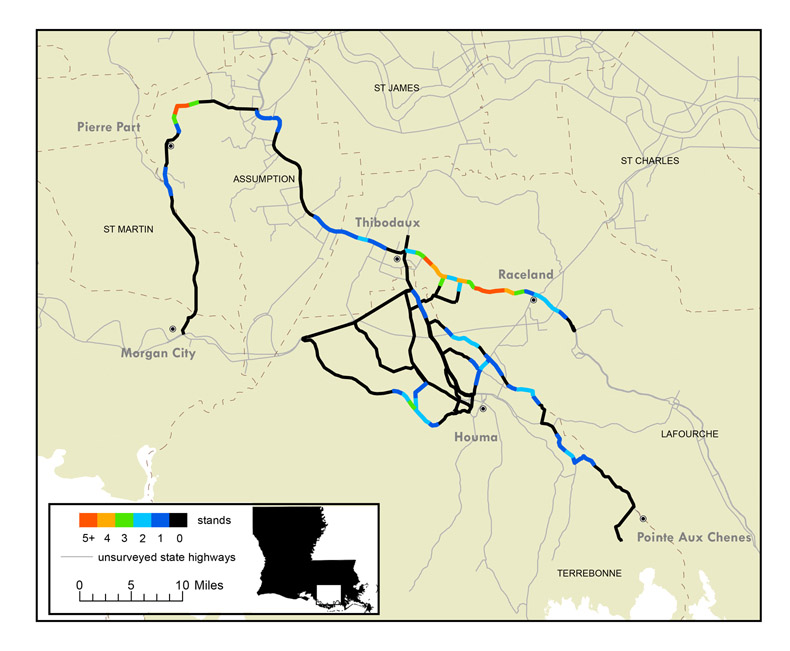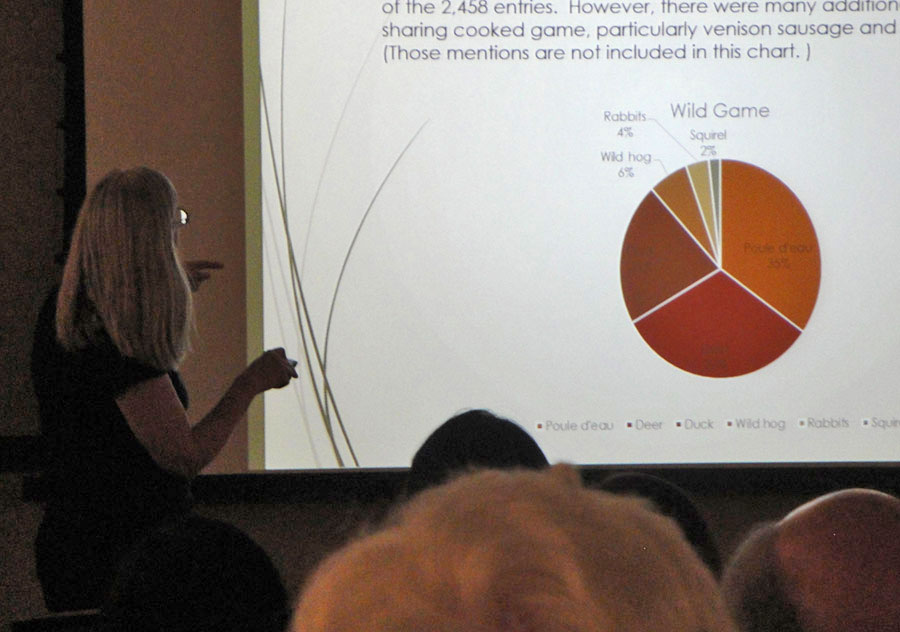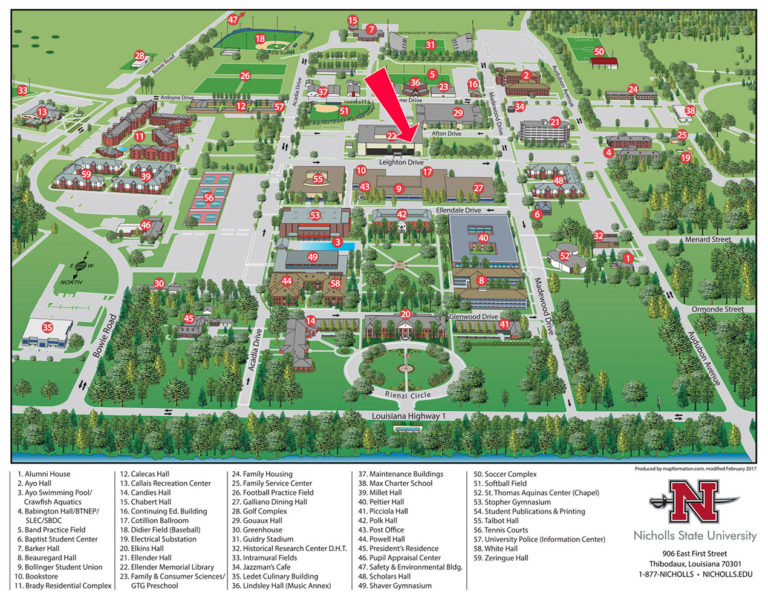Projects and Affiliates
Research Projects by CBYUS Contributing Faculty
Cajun Music Preservation Society
The Louisiana Folklore Society was founded in 1956 to encourage the study, documentation, and accurate representation of the traditional cultures of Louisiana. Our members include university professors, professional folklorists in the public sector, secondary school teachers, museum workers, graduate students, and other individuals interested in Louisiana’s traditions and cultural groups.

FOLLOW ON FACEBOOK!
Cajun Music Preservation Society
Established in 2014 by Quenton Fontenot, Allyse Ferrara, Misty McElroy, and Tysman Charpentier, The Cajun Music Preservation Society works to promote, preserve, and enhance awareness and appreciation of traditional Cajun music.
Much of the popular music in the Nicholls service area has roots in Cajun French heritage, but historically the infiltration of country and western music has uniquely made Cajun music of the bayou region into a “Lafourche-style” idiom. In addition, the proximity to New Orleans infused a dominating influence of rhythm and blues into the art form. As a result, Swamp Pop is alive and well in the Bayou Region at the expense of appreciation for traditional music. Yet there remain vestiges of a Lafourche style of Cajun French Music. This project aims to preserve this style by increasing awareness, providing performance opportunities, and supporting student involvement with Cajun Music and Cajun Dancing.
Chauvin Folk Art Festival + Blessing of the Fleet
Each year, Nicholls holds the Chauvin Folk Art Festival at the Chauvin Sculpture Garden in conjunction with the annual Blessing of the Fleet celebration to celebrate the region’s rich folk art tradition. The festival features original paintings, pottery, jewelry and sculpture as well as food and live music.

Fruit Stand Map by Chris Adams
This map of local harvest products available from roadside stands represents more than 275 miles of road surveyed and 44 roadside stands identified during the September – October 2013 survey period. Collectively, more than 27 harvest products were available from these roadside stands. Each 1 mile segment is color coded to show stand density for the 3 mile stretch centered on that segment.

Subsistence Project by Shana Walton & Helen A. Regis
Shana Walton (Nicholls State) and Helen Regis (LSU) conducted a preliminary study of subsistence practices in Lafourche and Terrebonne parishes for the U.S. Bureau of Ocean Energy Management. The need for research into subsistence was revealed when federal officials were challenged with processing damage claims filed for subsistence losses after the Deepwater Horizon oil spill. Subsistence practices in Louisiana had not been well documented prior to the event.
This project developed and tested research methods for study of subsistence living. Data was gathered on harvesting, exchange, and consumption through participants logging these activities. Information about the familial and cultural aspects of subsistence was gathered though oral histories, interviews, and focus groups.
Their findings are compiled into a 300 page report. This report is the property of BOEM and is not currently available to the public.
Rhetorical Mapping: Oil & Land by Scott Banville, Samantha Carpenter, Brittney Courteaux, J.D. Johnson, Lexi Marcell, Kelli Sarre
Undergraduate English students collected data from oral interviews of residents in the bayou delta region of South Louisiana. The oral interviews were conducted by an earlier set of students in 2009 – 2010 as part of an oral history project called “Stories of Oil and Land” sponsored by the Barataria-Terrebonne National Estuary Program. The original project sought to collect perspectives of various residents about local industry, oil mining, and coastal erosion.
Information about the interviewee’s location, vocation, subsistence activities, religion, ethnicity, native language, military service, level of education, etc. was gathered and charted onto a table. From this table, the students created a series of interactive data visualizations using Google Fusion Tables, showing shifts in land use as well as concentrations of religions, ethnicities, hobbies, and vocations, looking to find links between these factors. The visualizations, like the original interviews, show the impact of the petroleum industry on life in South Louisiana.


